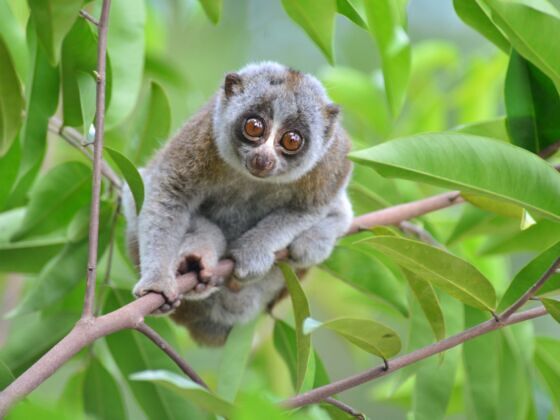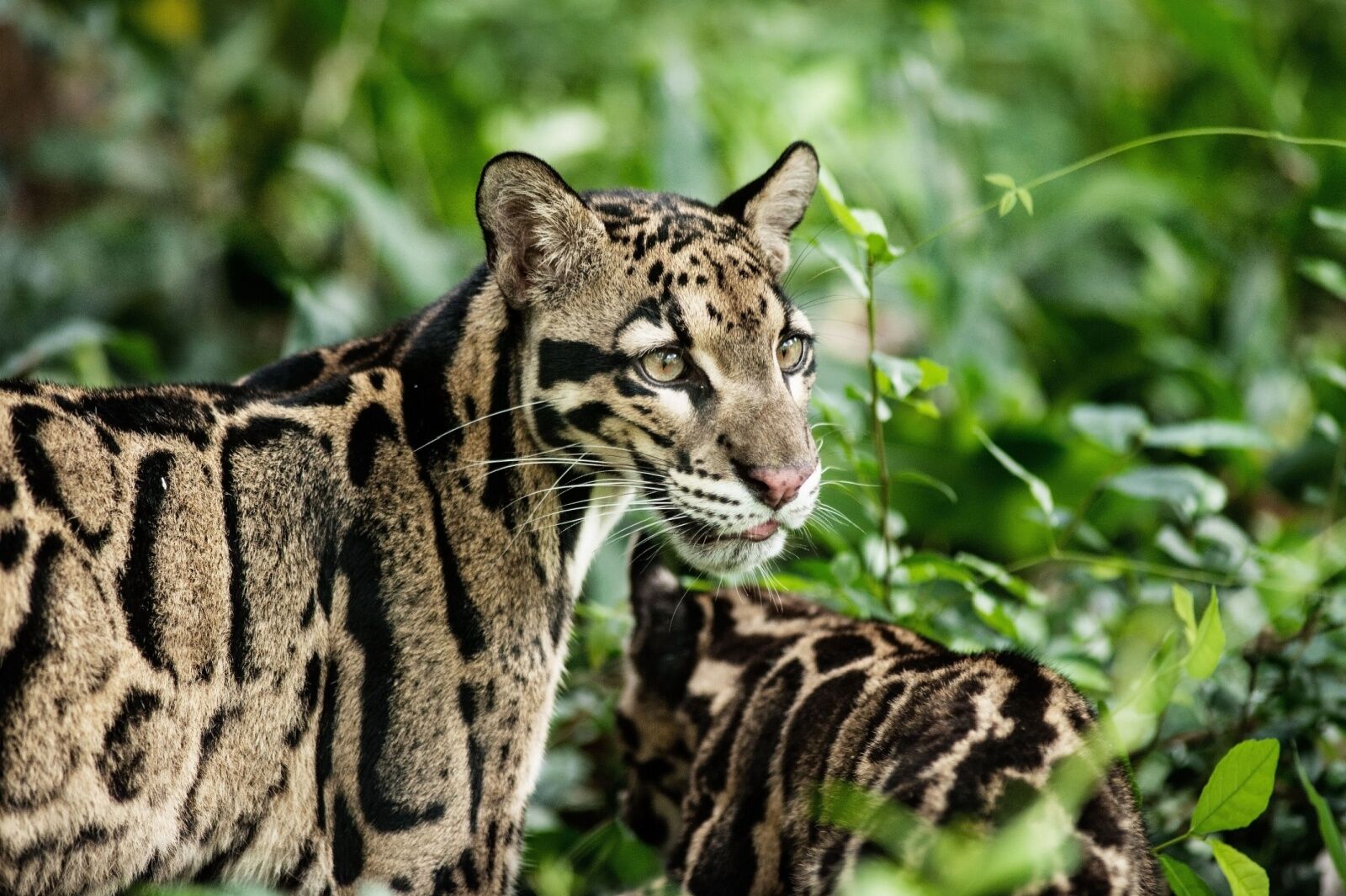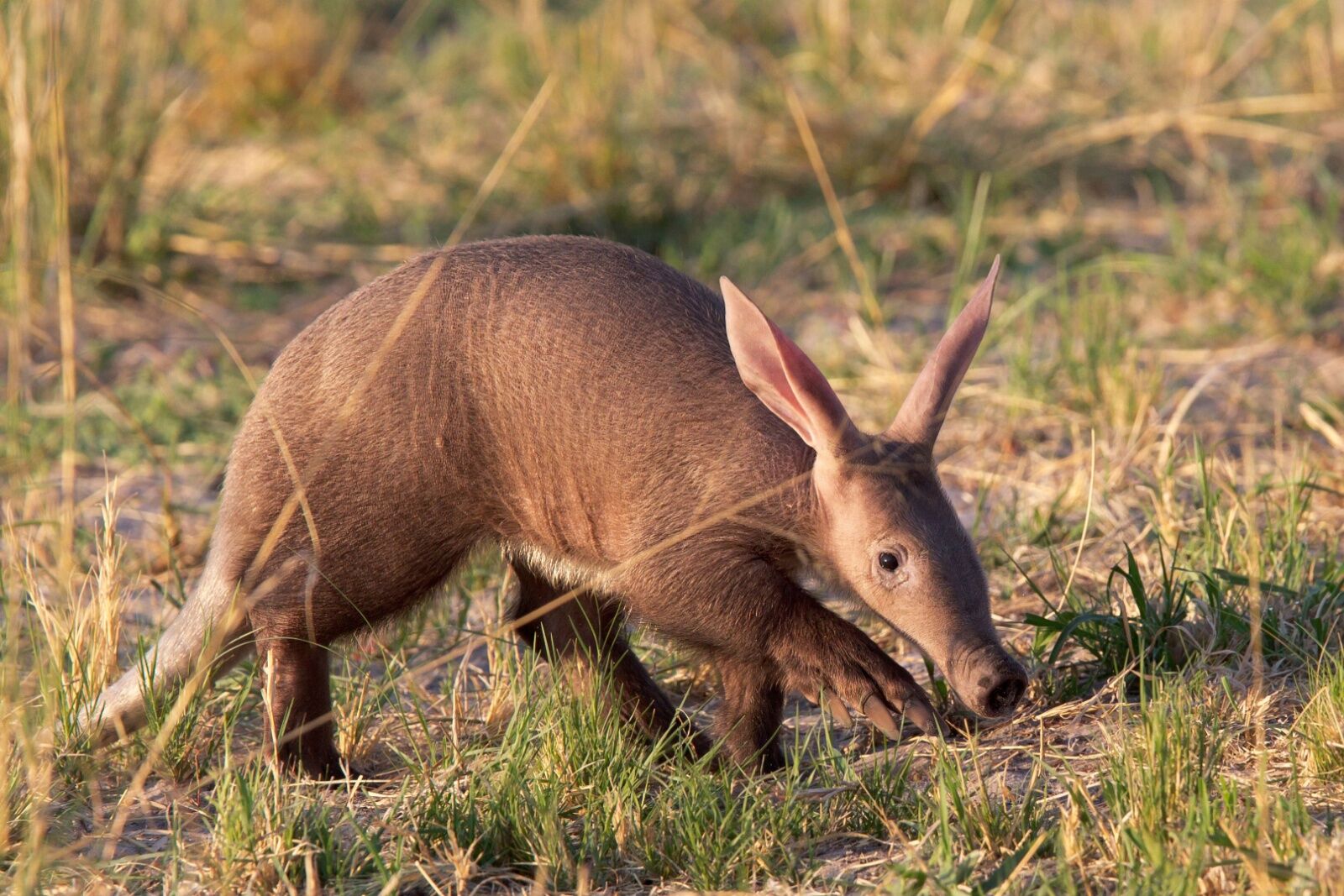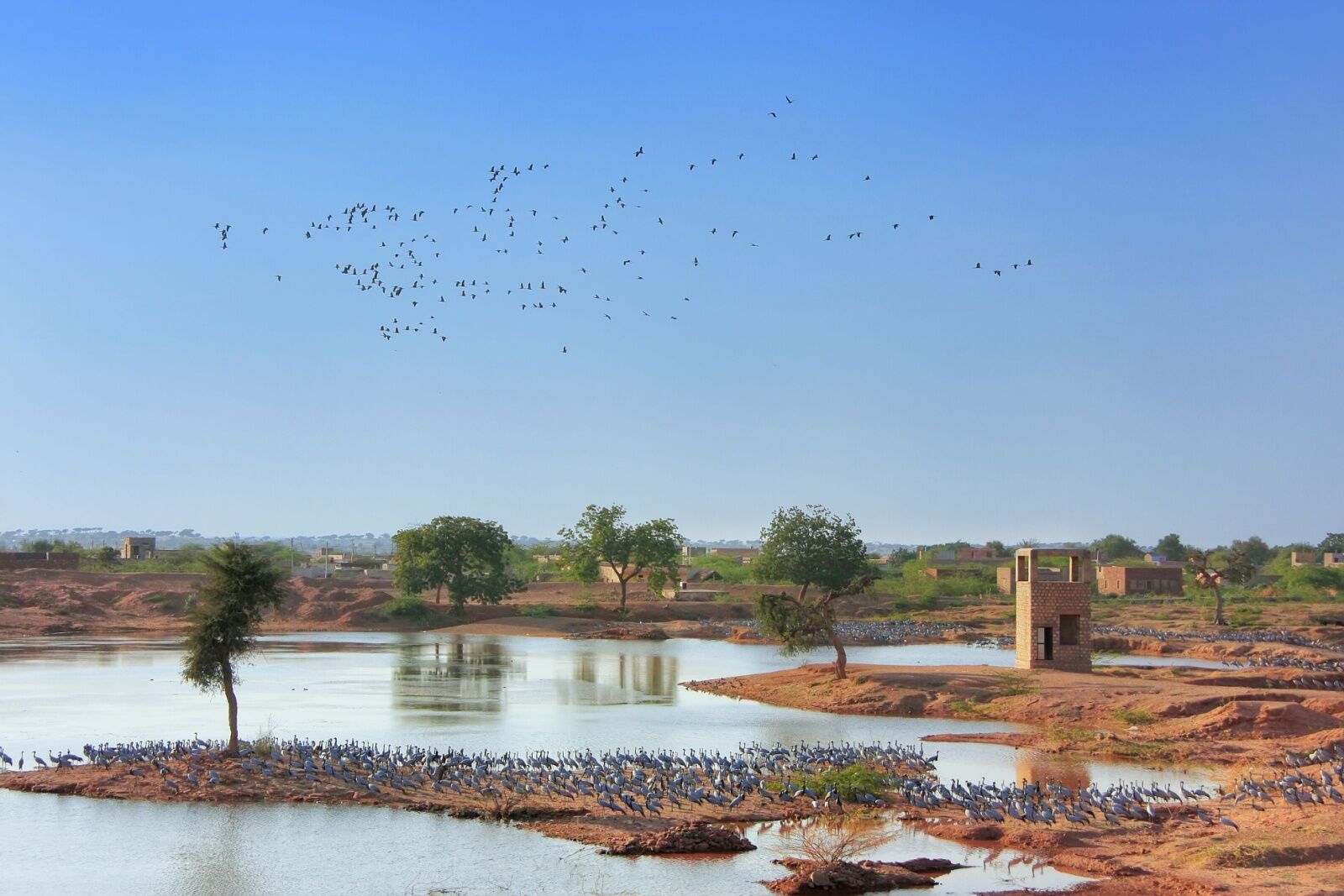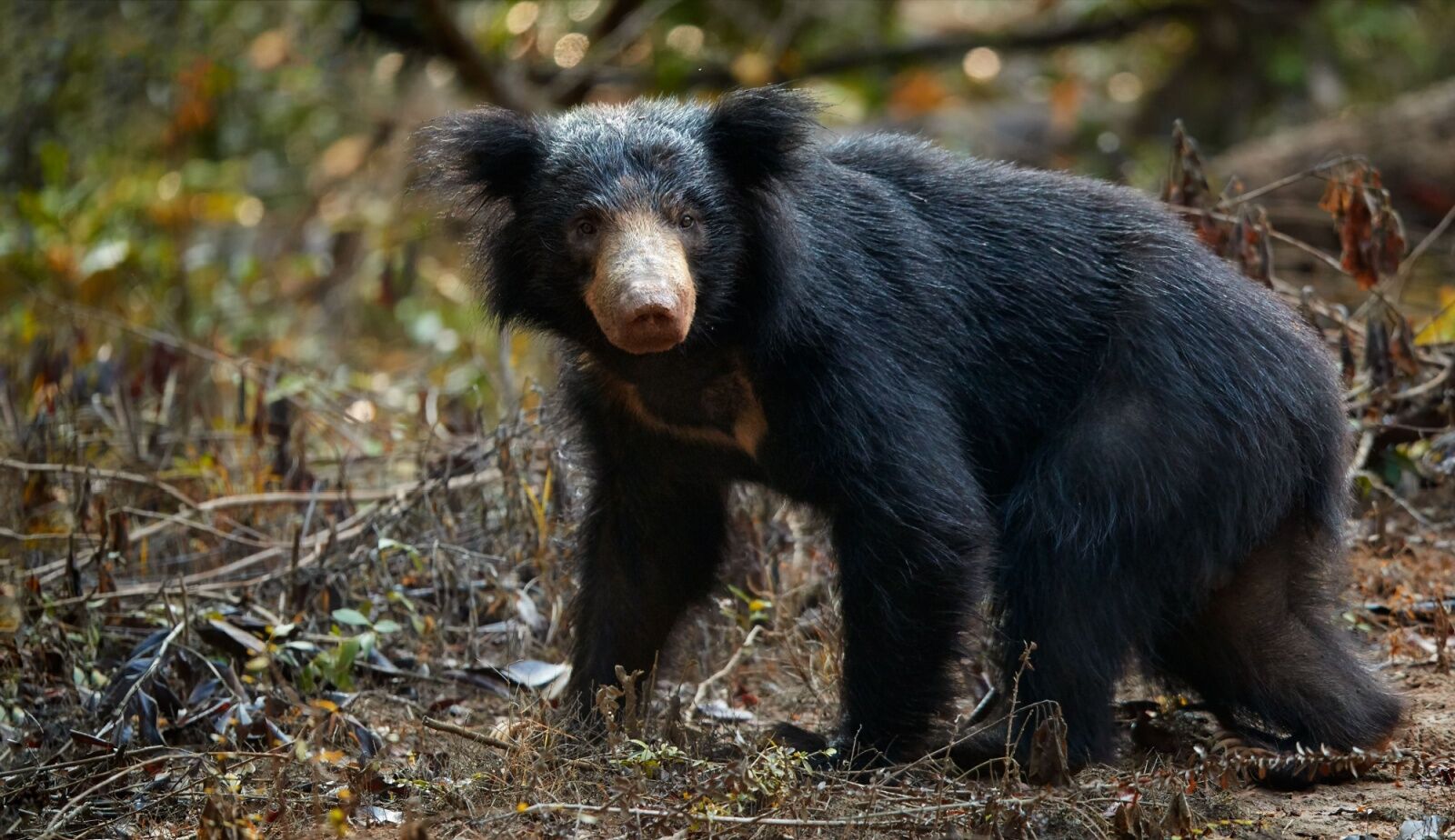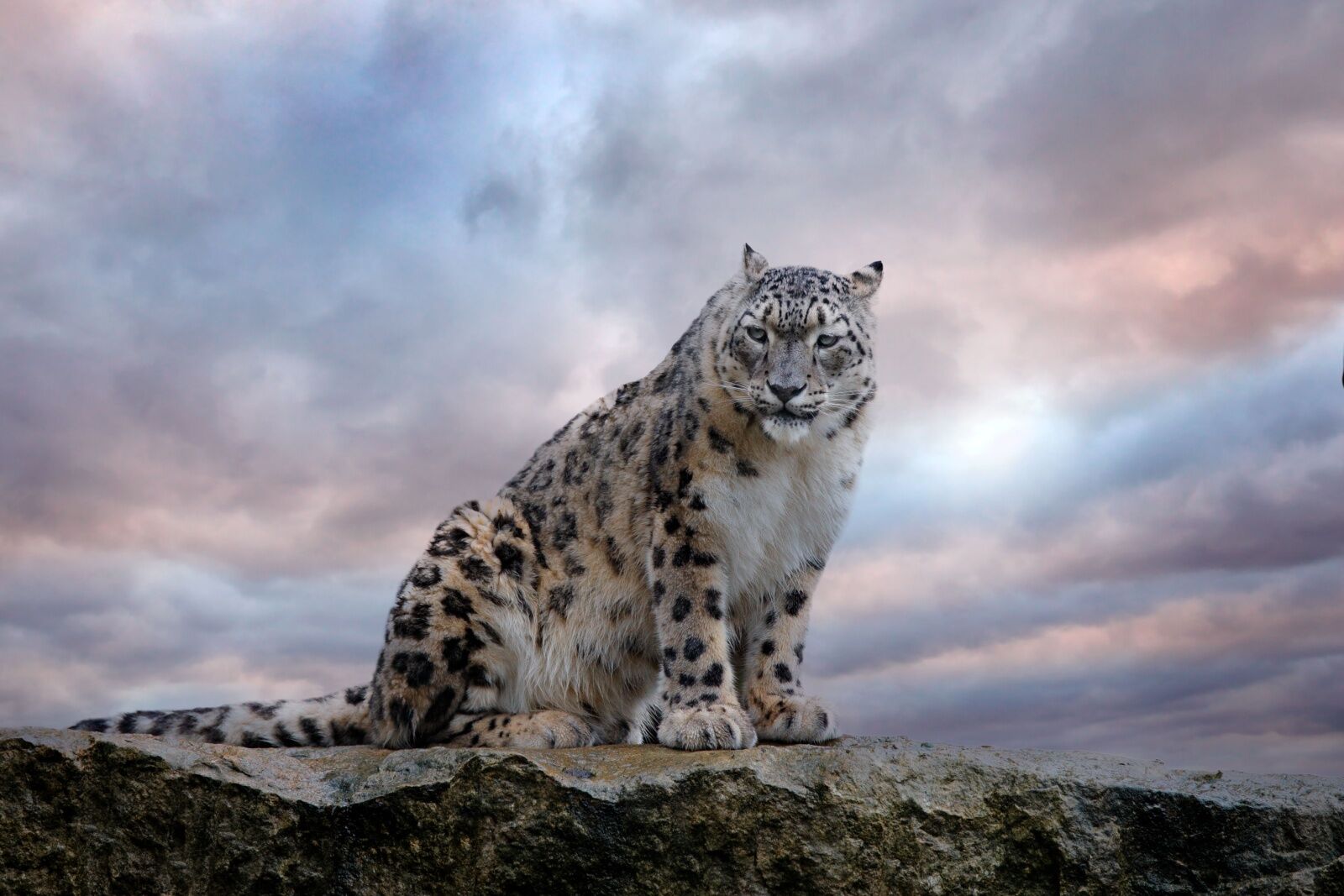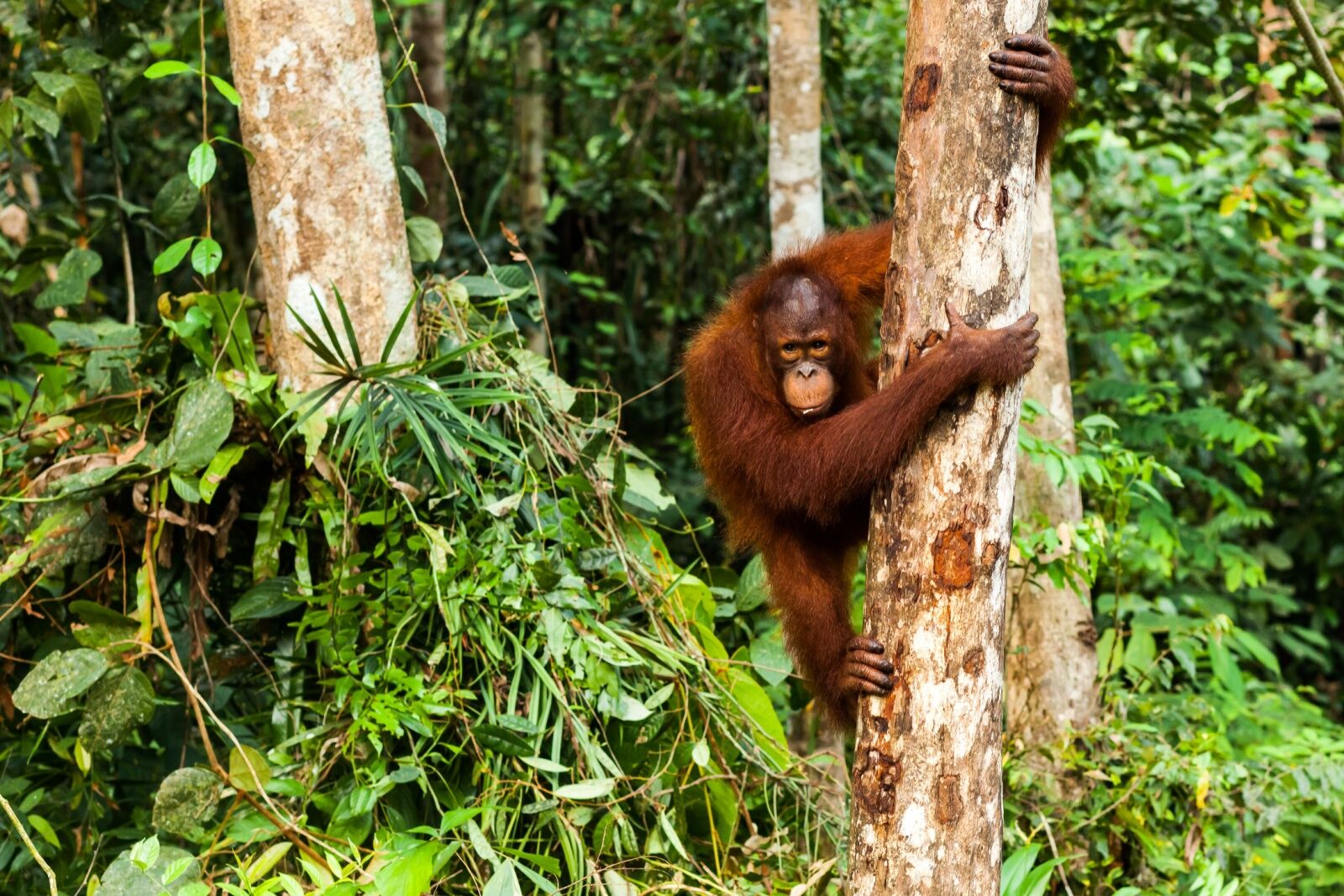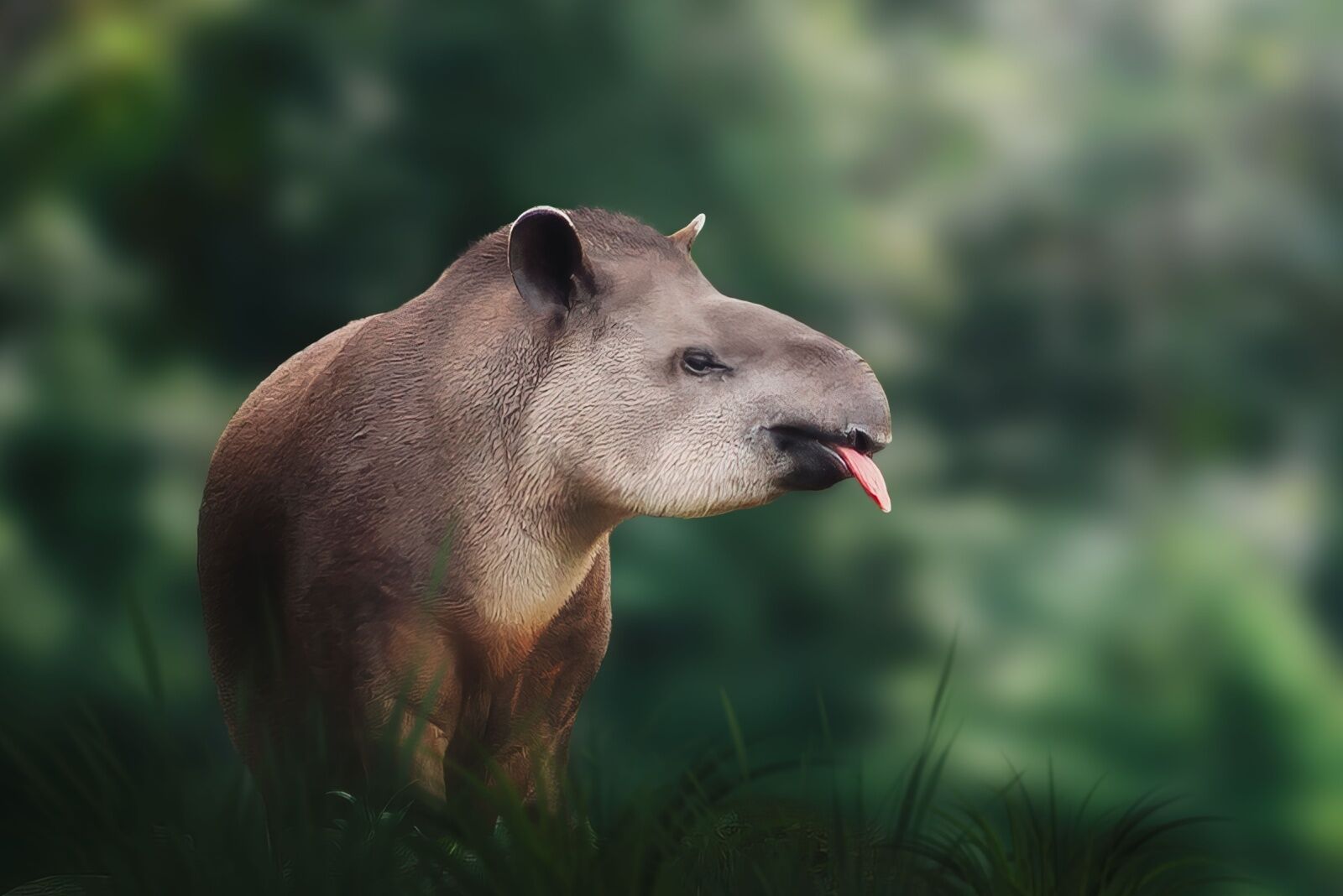Anyone who’s been on an African safari knows all about the thrill of looking for wild animals. The fact that you have to keep your eyes peeled, be patient, and hope you’re lucky enough to see animals like lions and zebras makes the activity feel almost like a treasure hunt.
But after you’ve done a few game drives in Africa, you may realize that spotting famous species like elephants, hippos, and giraffes isn’t actually all that hard. The species are large and follow predictable patterns, and safari guides usually have at least a vague idea of where the animals will be at any given time.
